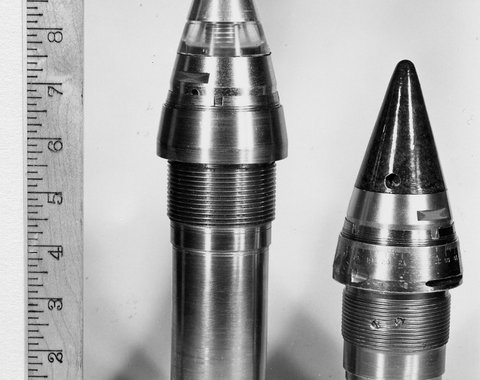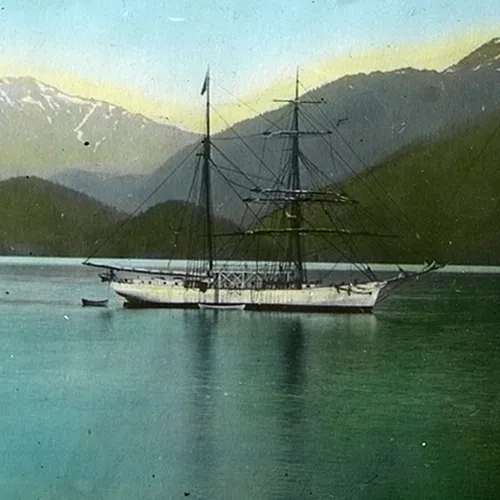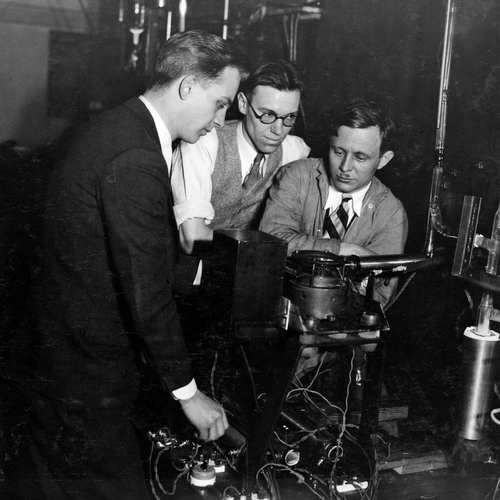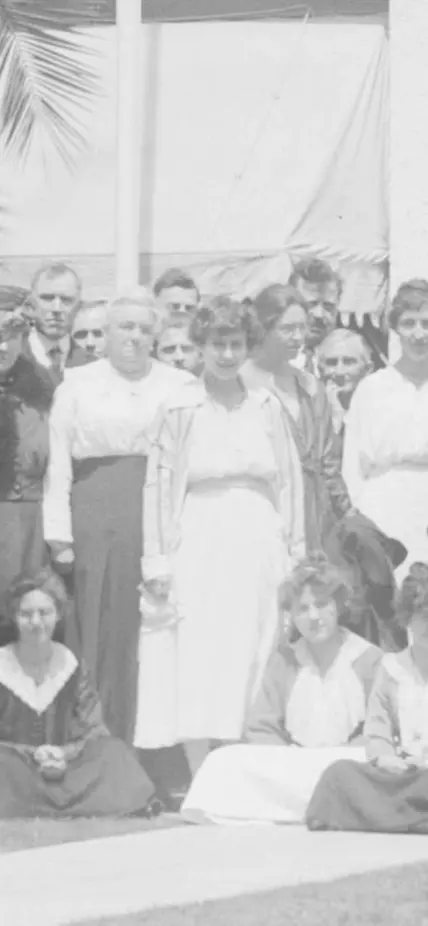Our History

Division Histories
History Features

Edwin Hubble - VAR! Plate 100th Anniversary

There's a New Call Box in Town

The wind behind the sails of evolution | Nina Fedoroff on Barbara McClintock

Nina Fedoroff: How Barbara McClintock inspired me
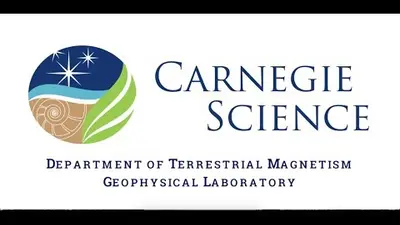
A History of Carnegie's Broad Branch Road Campus

Pluto before Pluto
Online Exhibitions
Over a hundred years at the forefront of high-pressure and high-temperature research
With the "Galilee" and "Carnegie" research vessels, DTM investigated the magnetic field of the earth
The life and work of the captain of the "Carnegie" research vessel
Scientific instrument photographs from DTM and the geophysical laboratory, 1906-1956
Documentary Heritage

The Carnegie Science Archives
We maintain extensive physical and digital collections that document our institutional history. Learn about our archival resources, conduct research with our documentary heritage, or arrange a visit to one of our historic campuses.
Learn More
Publications
Since our founding, Carnegie Science has published an annual Year Book highlighting research from across the institution. The Carnegie Monograph series, composed of more than 600 volumes, was published until 1994.
Learn More













